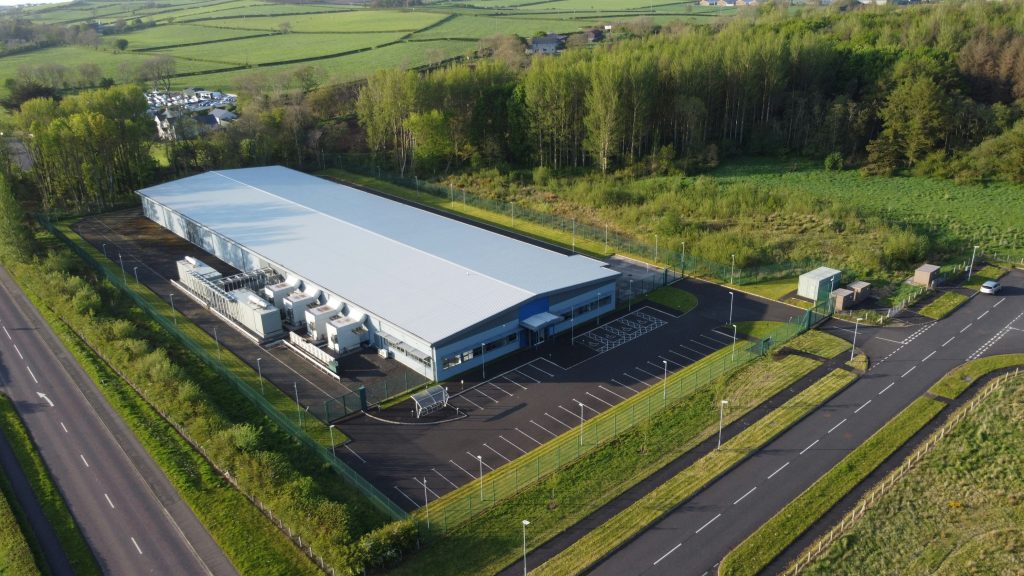The world will spend more on data centers than on oil this year

The International Energy Agency (IEA) predicts that electricity consumption in AI data centers will grow fivefold by the end of the decade, doubling the total consumption of all data centers today. While traditional data centers will also consume more energy, the growth will not be as steep. The agency estimates that half of the total growth in consumption will occur in the United States, with most of the rest in Europe and China.
Construction in city centers
Most new data centers are being built in large cities with more than a million inhabitants, often near existing centers. About half of the new facilities have a capacity of at least 200 megawatts, which means enormous pressure on electricity networks. The IEA warns of increasing grid connection delays - in some regions, waiting times for connections can be as long as ten years.
In Dublin, new connections have even been frozen until 2028, while in Northern Virginia, waiting lists are among the longest in the world. Supply chain bottlenecks, especially for transformers, gas turbines, cables and rare metals, are also causing problems.
Technological solutions for the networks of the future
Companies such as Amperesand and Heron Power are developing solid-state transformers that will represent a major technological leap forward over older technology. These transformers will enable better integration of renewable energy sources, faster responses to grid instability, and more efficient energy management. Initial deployments are expected to occur within a year or two, with larger production a little later.
Transition to renewable sources
The IEA estimates that renewables will account for the majority of new energy for data centers by 2035, regardless of whether countries follow current policies or pursue decarbonization goals more aggressively. Among renewables, solar energy has the advantage for most new projects due to its decreasing costs.
Over the next decade, data centers are expected to receive around 400 terawatt hours of electricity from renewable sources, natural gas will contribute 220 TWh, while small modular nuclear power plants (SMRs) could add another 190 TWh if they meet their technological expectations. To put this into perspective: 400 TWh corresponds to approximately the annual electricity consumption of France, 220 TWh is comparable to the total annual consumption of all households in Germany, while 190 TWh corresponds to approximately the electricity production of ten large nuclear reactors in one year.





























